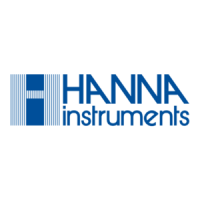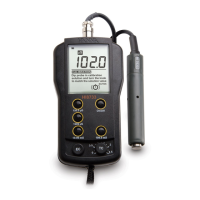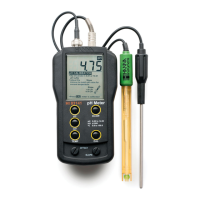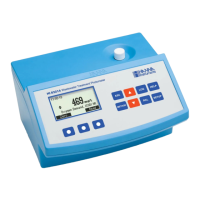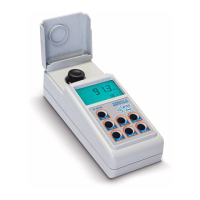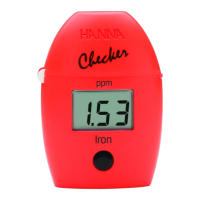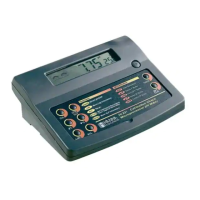9
Note: If you are using multiple cuvets, always match the cuvets.
CUVET HANDLING
The cuvets should be free of scratches or cracks. Any cuvet with visible scratches will be
discarded. The cuvets should be periodically washed with acid. After washing, the cuvets should
be well rinsed multiple times with distilled or deionized water. Allow cuvets to air-dry and store
them for long periods of time with caps, to avoid dirt entering inside. Always handle the cuvet
by touching only the cap or its top side (over the horizontal line).
Always store the cuvets in separate boxes or with separators between them to avoid scratches on
the surface.
CUVET PREPARATION
Whenever a cuvet is used, it must be clean inside and outside. When it is placed into the
instrument, it must be dry outside, completely free of fingerprints or dirt.
GENERAL TIPS FOR AN ACCURATE MEASUREMENTGENERAL TIPS FOR AN ACCURATE MEASUREMENT
GENERAL TIPS FOR AN ACCURATE MEASUREMENTGENERAL TIPS FOR AN ACCURATE MEASUREMENT
GENERAL TIPS FOR AN ACCURATE MEASUREMENT
HI 88703 is a highly accurate combined meter for turbidity and free & total chlorine. To meet the
instrument’s performance and fully benefit of its features, it is very important for the analyst to use
proper measurement techniques for accurate, precise and repeatable readings. Special care must be
taken during sample preparation and handling. The instructions listed below should be carefully
followed during measuring and calibration to ensure best accuracy.
GENERAL RULES
• Always put the instrument on a flat, rugged surface when taking measurements.
• Do not operate in direct sunlight.
• Keep the lid of the instrument closed when it is not used to prevent dust or dirt entering inside.
• Always close the lid of the instrument during measurement.
• Always use cuvets without scratches or cracks because they can cause inaccurate readings.
• Always cap the cuvets to avoid spillage of the sample into the instrument.
• Do not use too much oil to prevent contamination of the optical system.
• If possible use indexed and matched cuvets.
• If possible use the same cuvet for zero and read for Free and Total Chlorine measurements.
CUVET
The cuvet is part of the optical system in all measurements. The light reaches the sample by
passing through the cuvet glass. As a result, the measurement can be affected by the glass
imperfections, dirt, dust, scratches, or fingerprints present on the cuvet surface. Special care must
be taken in preparing and handling the cuvet.
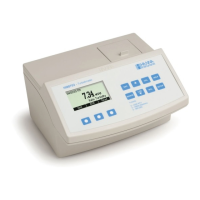
